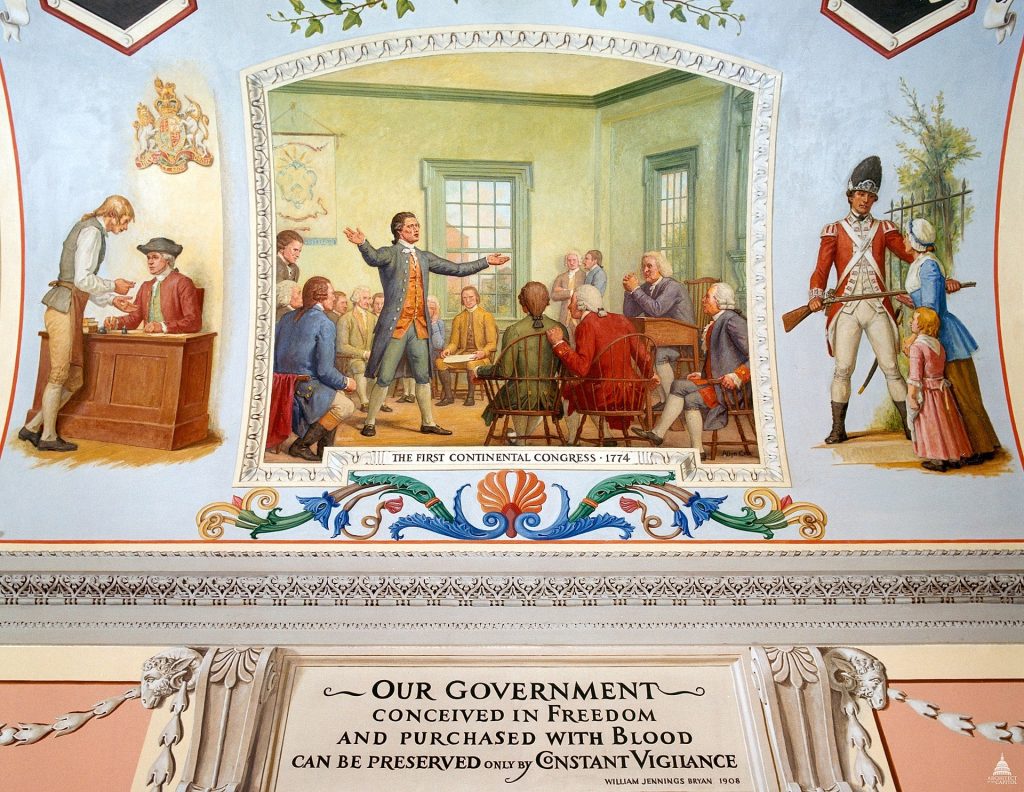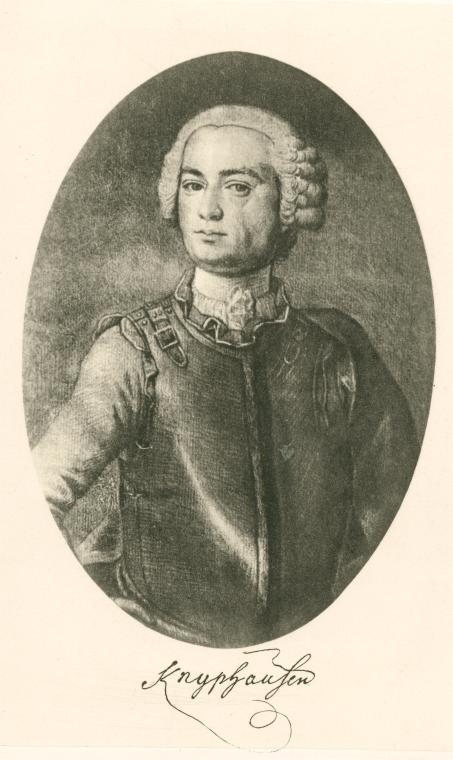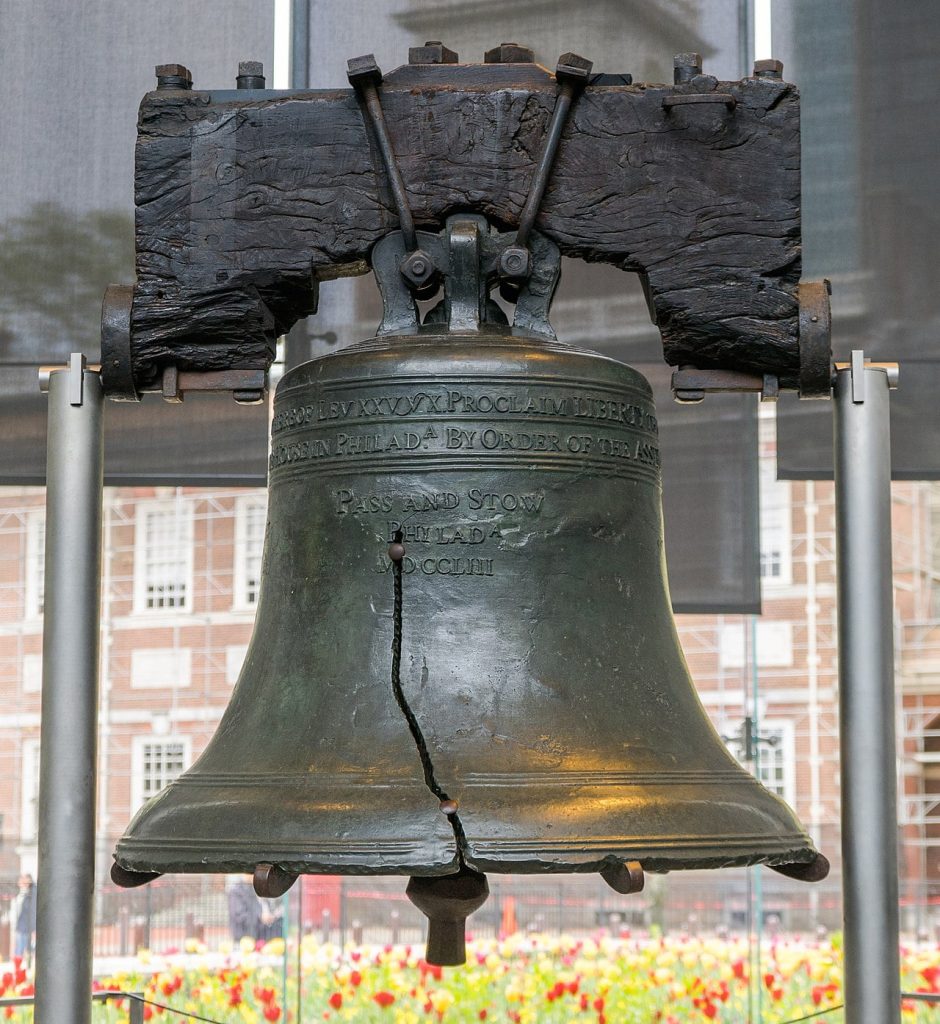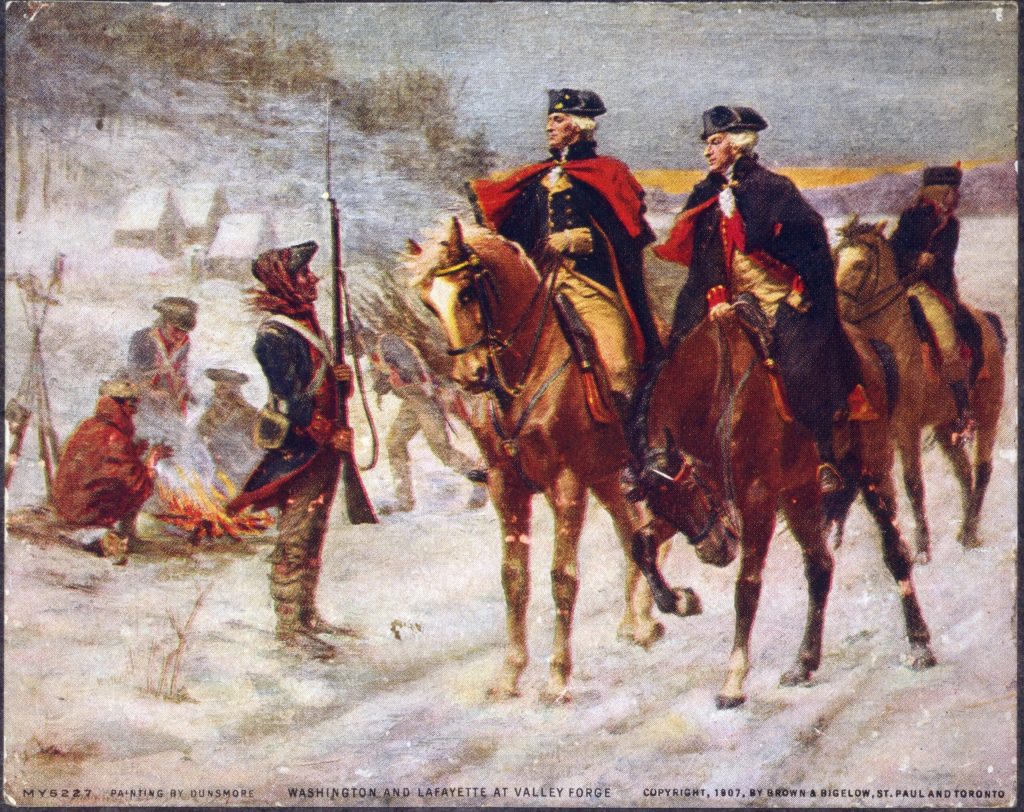Contents
Contents
The Philadelphia Campaign refers to the fight for control of Philadelphia, Pennsylvania, from 1777 to 1778 during the Revolutionary War.
The British succeeded in capturing Philadelphia in September, 1777, but were forced to abandon the city in June the following year.
Context
During the Revolutionary War, the city of Philadelphia, Pennsylvania acted as the Patriot capital.
It was where the first and second Continental Congresses were held, and was the symbolic center of the Patriot movement.

The Declaration of Independence was signed at Pennsylvania State House, now known as Independence Hall, in Philadelphia, on August 2, 1776.
The British thought that capturing Philadelphia would cause a significant blow to Patriot morale, and would disrupt the colonists’ ability to conduct political debates and decide on military strategy.
Philadelphia was also a strategically important location, thanks to its port and industry. Therefore, both sides were willing to fight tooth and nail for control of the Pennsylvania capital.
The Philadelphia Campaign
The start of the British effort during the Philadelphia Campaign was spearheaded by General Sir William Howe.
In 1777, George Germain approved a plan by Howe to attack Philadelphia. He also approved a plan from General John Burgoyne to attack Albany, with Howe’s help.
Under Burgoyne’s plan, British forces were to march on Albany from Canada, approaching from the north and the west. In addition, Howe was to march up the Hudson from his position at New York, forming the third leg in a three-pronged pincer attack on Albany.
However, Howe was much more focused on capturing Philadelphia. Historians believe he could have moved on the Pennsylvania capital quickly, before returning to help Burgoyne, but he failed to do so.
Instead, Howe took a long sea route to Philadelphia, sailing from New York in late July 1777 with approximately 15,000 troops on a fleet of 260 ships under the command of his brother, Admiral Richard Howe.
Washington was caught between defending Albany and defending Philadelphia. He believed that Howe would march up the Hudson, though it eventually became clear that this wasn’t the case.
Burgoyne continued with his plan, marching on Albany from the north, and believing that Howe would help out.
However, he soon found himself outnumbered, and running out of supplies. Burgoyne eventually surrendered 6,000 men to the Americans following the Battles of Saratoga.
Meanwhile, Howe and his men landed at Head of Elk, Maryland, on August 25, 1777, south of Philadelphia.
The Battle of Brandywine (September 11)
From Maryland, Howe marched his troops towards Pennsylvania, eventually meeting Patriot resistance in Chadds Ford Township, Delaware County, Pennsylvania, on September 11, 1777.
The Americans were set up in a defensive position along Brandywine Creek. The British, under the command of Howe and German Lieutenant General Wilhelm von Knyphausen, were able to dislodge them from their position after a period of intense fighting.

Though it was not an outright disaster, this battle put the Americans on the back foot, having suffered approximately 1,250 men killed, wounded, or captured.
From this point, the British were able to make steady progress towards Philadelphia.
Skirmishes between the two sides continued, with a stalemate at the Battle of the Clouds on September 16. Then, the British decimated American troops with a surprise bayonet attack at the Battle of Paoli on the night of the 20th and 21st.
British Occupation of Philadelphia (September 26)
Realizing that Philadelphia could not be saved, Washington ordered that the city be evacuated.
His men withdrew, and the Continental Congress was moved to York, PA.
The famous Liberty Bell mounted at Philadelphia State House was moved to Allentown, PA, to protect it from the British.

When the British arrived on September 26, they faced no opposition, and immediately took control of the city.
Battle of Germantown (October 4)
Almost immediately, Washington launched a counterattack, hitting British positions at Germantown, north of Philadelphia.
Washington’s battle plan was complex, with multiple columns having very specific positioning and instructions.
Unfortunately for Washington, fog descended as his troops moved in, causing confusion on the battlefield, and resulting in some of his forces arriving later than expected.
Despite this, his men put up a strong fight, and the battle was hard-fought on both sides.
Eventually though, confused in the fog, which resulted in a friendly fire incident between Anthony Wayne and Nathanael Greene‘s troops, the Americans were defeated and withdrew from Germantown.
Battle of White Marsh (December 5-8)
During the Philadelphia campaign, Howe repeatedly opted for the conservative option on the battlefield.
He decided not to push his advantage when the Americans were on the back foot, instead choosing to preserve his position in and around Philadelphia. For example, after Germantown, he decided to consolidate his army’s position, rather than pursuing the retreating Americans.
At the Battle of White Marsh, Howe led his troops out of Philadelphia to try and destroy American positions to the north of the city.
Rather than fully committing, despite having nearly 10,000 troops available, Howe only engaged Washington’s men in a number of small skirmishes, and chose not to launch a full-scale attack.
Instead, he decided to retreat back to Philadelphia, and set up camp for the winter.
Winter at Valley Forge (December 9-June 1778)
Following White Marsh, Washington and his men retired for the winter at Valley Forge, PA, about 16 miles west of White Marsh.
The American troops were exhausted, and faced brutal conditions in the camp.
There were severe food shortages and disease at Valley Forge, and desertions were a constant occurrence. Approximately 2,000 soldiers died from exposure, disease, and malnutrition in the winter of 1777-1778.

However, as the weather began to warm up, conditions in the camp improved.
Under the guidance of Prussian army officer Baron von Steuben, a new training program was implemented, getting the Continental forces in fighting shape in the spring of 1778.
The British leave Philadelphia
The British eventually abandoned Philadelphia as the tide of the war turned against them.
After the French officially entered the war on the American side in February 1778, the British realized that their key stronghold of New York City was now under threat from the French Navy.
Howe left his role as British commander-in-chief in May 1778, and was replaced by Sir Henry Clinton.
Clinton immediately ordered the evacuation of Philadelphia, and on June 18, 1778, the Americans finally reclaimed the city.
The British then headed to New York via Sandy Hook, NJ, reaching the city after fending off the Americans at the Battle of Monmouth on June 28.
From this point on, the British turned their attention to the southern colonies, where they believed the Patriots were at their weakest.
After initially seeing success, this strategy eventually failed after the British were unable to suppress guerrilla militias in Georgia and the Carolinas.
The British withdrew to Yorktown, VA, eventually resulting in the final battle of the Revolutionary War in 1781.

